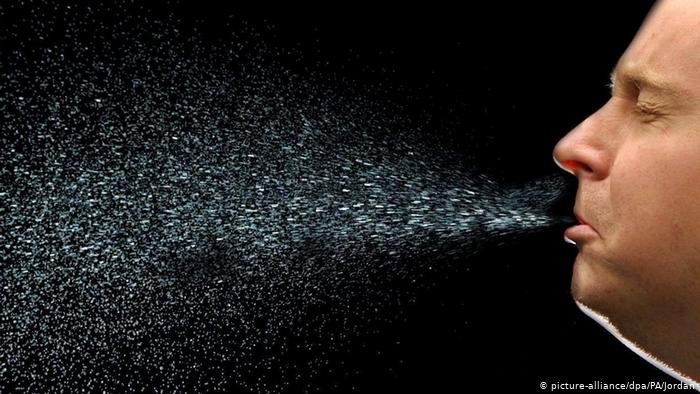Droplets and airborne particles can travel distances beyond six feet, and it says In a major development, the Atlanta-based Centers for Disease Control and Prevention (CDC) has revised its guidelines to acknowledge that the “main way” the novel coronavirus (SARS-CoV-2) spreads is thru droplets and aerosols.
The updated guidance on September 18 says that the virus most typically spreads through “respiratory droplets or small particles, like those in aerosols, produced when an infected person coughs, sneezes, sings, talks, or breathes.” The CDC elaborates, saying that these “particles are inhaled into the nose, mouth, airways, and lungs and cause infection. this can be thought to be the most way the virus spreads”.
Explaining the virus spread mechanism, the revised guidelines reiterate that the virus may “spread through the droplets and airborne particles” that are formed when an infected person coughs, sneezes, sings, talks, or breathes.
It also says that there’s growing evidence that droplets and airborne particles can “remain suspended within the air” and be inhaled by others. Most significantly, it clearly states that droplets and airborne particles can “travel distances beyond six feet (for example, during choir practice, in restaurants, or in fitness classes).”
In cautions that, in general, the danger of virus spread increases in indoor settings without good ventilation. The threat of spread increases when an infected person interacts more closely with others, and therefore the duration of such interaction is longer.
The last time the CDC revised its guidelines on virus spread was on July 16. Then, the CDC failed to mention aerosols or airborne particles or the likelihood of space when someone breathes. It had only said that the virus spreads from one person to a different through respiratory droplets produced when an infected person coughs, sneezes, or talks.
The World Health Organization, on July 9, acknowledged that novel coronavirus is often airborne in closed settings and spreads from one person to another.
Now that both the WHO and CDC have admitted airborne spread of the virus in which the virus can spread to distances greater than six feet in certain settings, it’s important to adopt universal masking, especially in enclosed places with poor ventilation and physical distancing.







